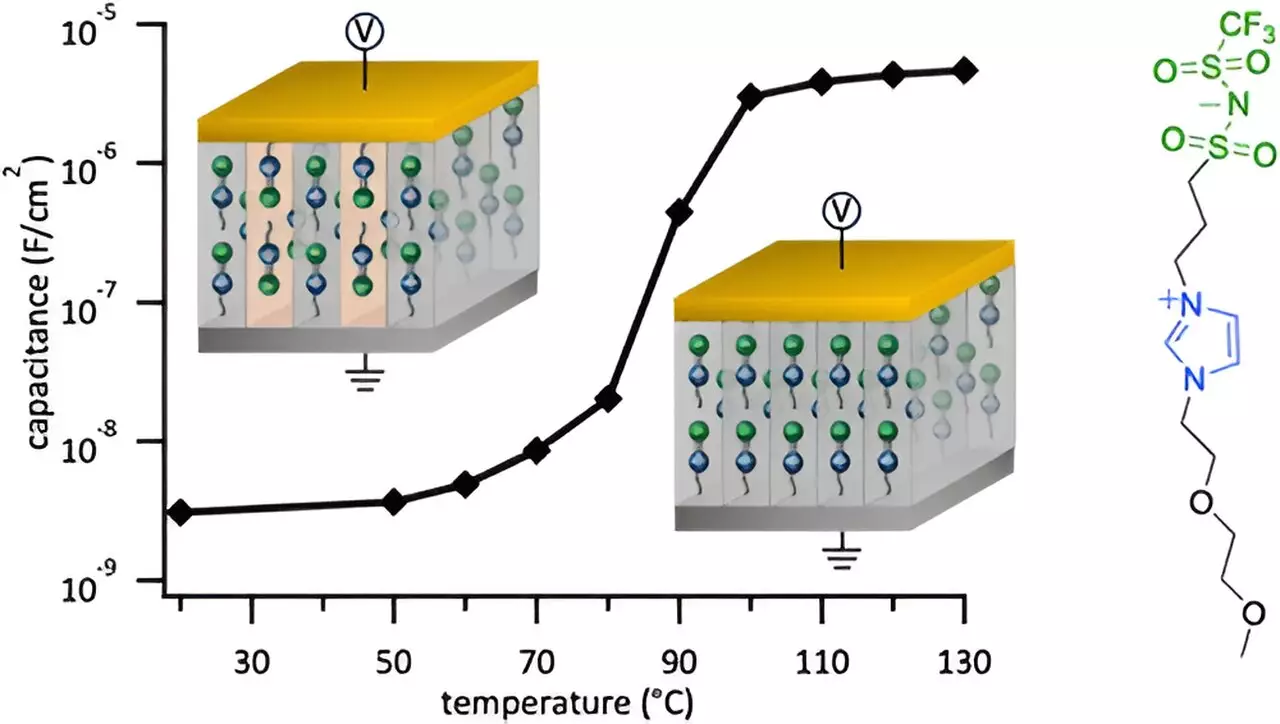The world of technology is constantly evolving, with innovations that seem like something out of a sci-fi movie becoming a reality. Printed electronics, a technology that involves electronic circuits in thin, bendable sheets, is one such advancement that has the potential to revolutionize various industries. From solar cells on vehicle roofs to flexible displays on smartphones, printed electronics are already making their mark.
Recently, a team of researchers from Simon Fraser University (SFU) and the University of Saskatchewan (USask) used the Canadian Light Source (CLS) to develop a material that can store up to 1,000 times more charge than current forms of printed electronics. This breakthrough could bring us one step closer to realizing the Internet of Things concept. By integrating printed electronics into everyday objects like milk cartons and fridges, communication between these objects and our smart devices could be enabled, opening up a world of possibilities.
The implications of this advancement are vast and varied, especially in industries like food production and supply chain management. With the ability to detect spoilage in real-time and minimize waste, printed electronics could revolutionize the way we approach food preservation and distribution. This technology could streamline operations and enhance efficiency at all levels of the supply chain.
Loren Kaake, an associate professor at SFU’s Department of Chemistry, believes that the material developed by his team shows great promise in advancing the commercial potential of printed electronics. The ability of the material to function in both positive and negative voltage modes sets it apart from existing technologies. The team utilized the bright synchrotron light at the CLS to analyze and enhance the performance of their material, leading to the publication of their findings in a prestigious journal.
Kaake anticipates that printed electronics will enter the market within the next seven years. When that time comes, the material developed by his team could play a crucial role in the creation of prototypes. The continuous innovation in material development is essential for ensuring that the best possible materials are used in various applications. As Kaake puts it, “Developing new materials is a very important line of research because one can always use a better material in an application if it’s discovered.”
The advancements in printed electronics hold immense potential for transforming our world in ways we have yet to fully comprehend. With ongoing research and innovation, we can expect to see even more groundbreaking developments in the field of material science and electronics.


Leave a Reply